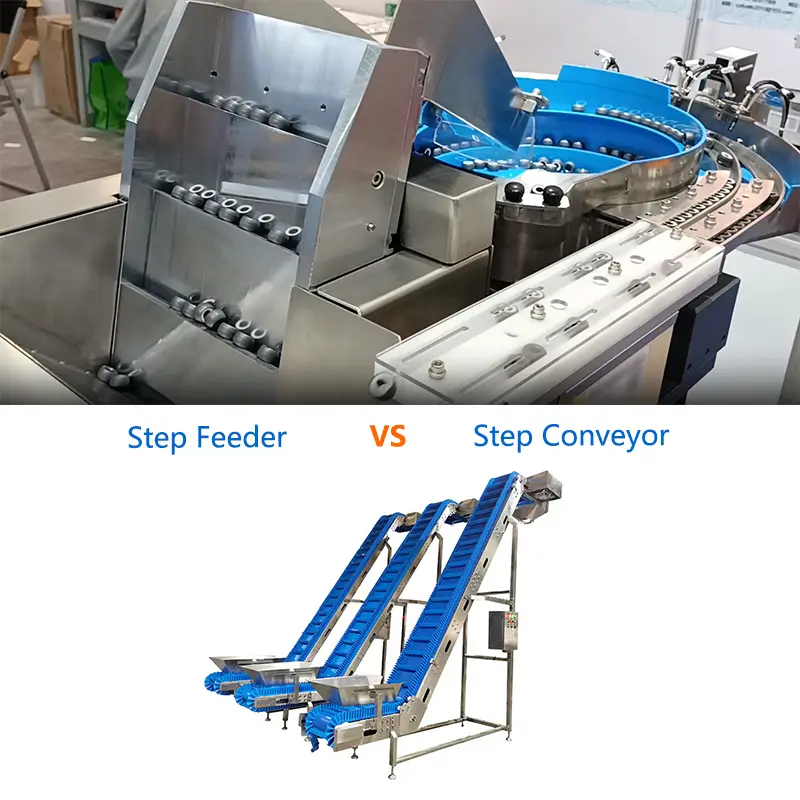The working principle of a step feeder can be summarized in three core steps, forming a typical “push-return-wait” cycle: Reset and Loading Process: The pusher is in its retracted home position. Parts in the hopper fall by gravity to fill the space in front of the pusher. Purpose: Prepares parts for the next feeding cycle. Advancing and Separating Process: The actuator moves the pusher forward in a straight line. The pusher engages the foremost part(s), moving them along a guide track. Core Principle: The hopper is designed to allow only a single layer of parts. The pusher’s action separates the leading part from the bulk stack. Dwell and Retraction Process: The pusher moves the […]
カテゴリーアーカイブ: Step Feeder
The manufacturing of a step feeder focuses on creating a precise, reliable, and linear feeding mechanism tailored to specific parts. Part Analysis and Hopper Design Analysis: Precisely measure the part and analyze its behavior when stacked to design a hopper that prevents jamming and misorientation. Hopper Design: The hopper is custom-designed to match the part’s dimensions, ensuring stable feeding. Pusher and Pawl Mechanism Design Pusher/Pawl Shape: The pusher is shaped to match the part’s profile for smooth and stable pushing. Stroke Calculation: The pusher’s stroke is calculated to ensure one part is fed per cycle. Drive and Transmission System Selection Drive Methods: Pneumatic: Uses a cylinder. It’s cost-effective and simple. […]

